

Matt Campbell
2026 Hyundai Tucson Hybrid review
32 Minutes Ago
Energy Minister Chris Bowen will reportedly announce more lenient emissions regulations this week after industry blowback.

News Editor
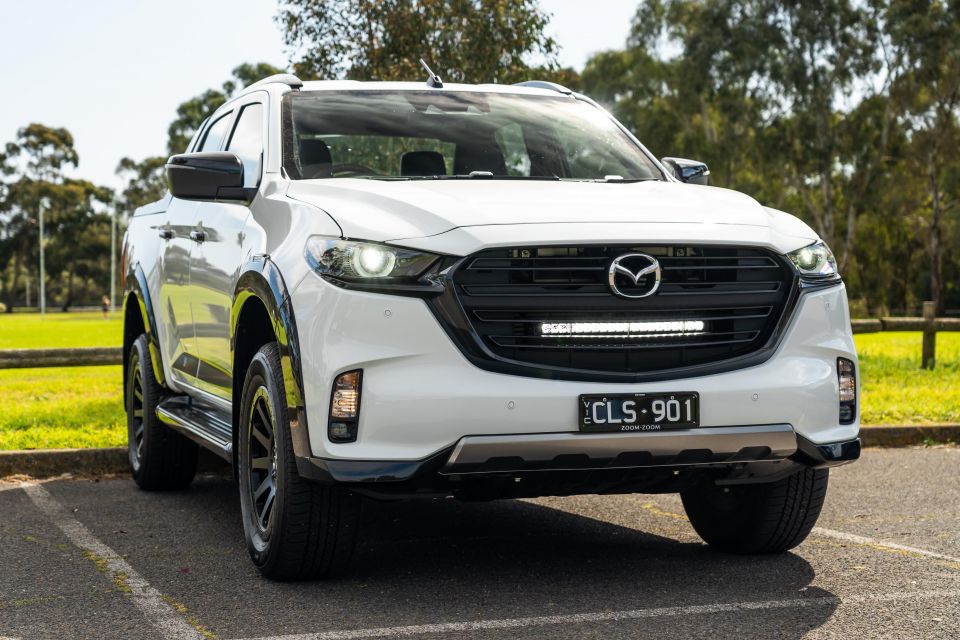

News Editor
New federal emissions regulations which have sparked a backlash from various carmakers and industry bodies could be watered down.
The Australian reports Energy and Climate Change Minister Chris Bowen will likely announce softened standards this week, before parliament breaks ahead of May budget sittings.
The Albanese Government reportedly met with local automotive industry representatives last Thursday to discuss its proposed New Vehicle Efficiency Standard (NVES).
The report cites backlash from “Thai and Japanese car manufacturers”. Most utes sold in Australia, including the Ford Ranger, Toyota HiLux and Isuzu D-Max are sourced from Thailand.
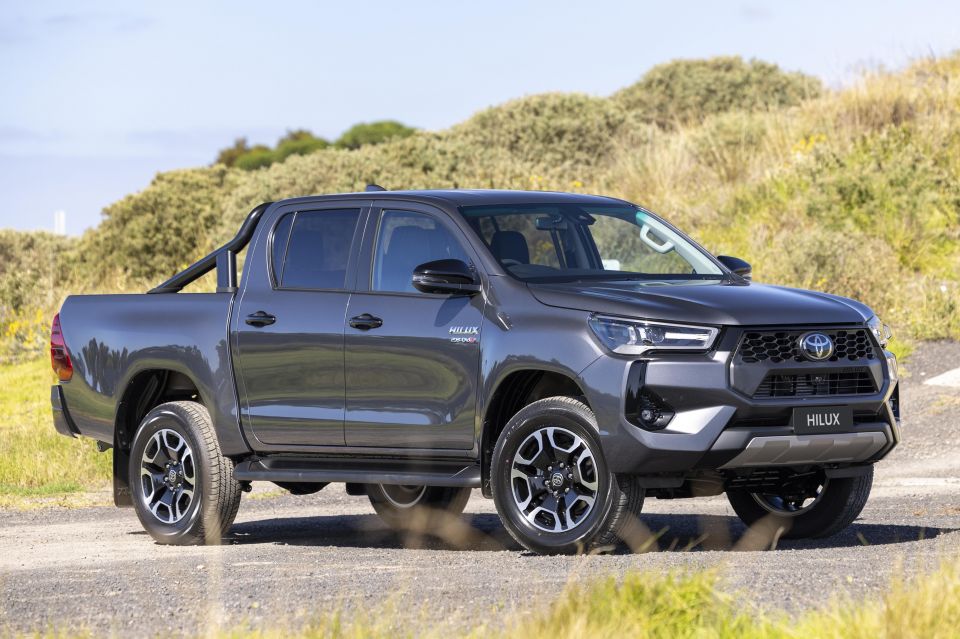
The Australian reports the backdown by the Australian Government is also a result of it losing Greens support for the proposals.
The minor party had said it would support the NVES only if there were no concessions given to the gas industry for offshore gas projects.
Under the NVES, carmakers will be given targets for average CO2 emissions per kilometre across their vehicle fleets. Over time this CO2 target will move, forcing companies to provide vehicles with lower or zero emissions to meet stricter targets.
If companies meet or beat their CO2 target, they’ll receive credits. If they miss it, they can either trade credits with a different supplier, make it up over a set period, or pay a penalty.
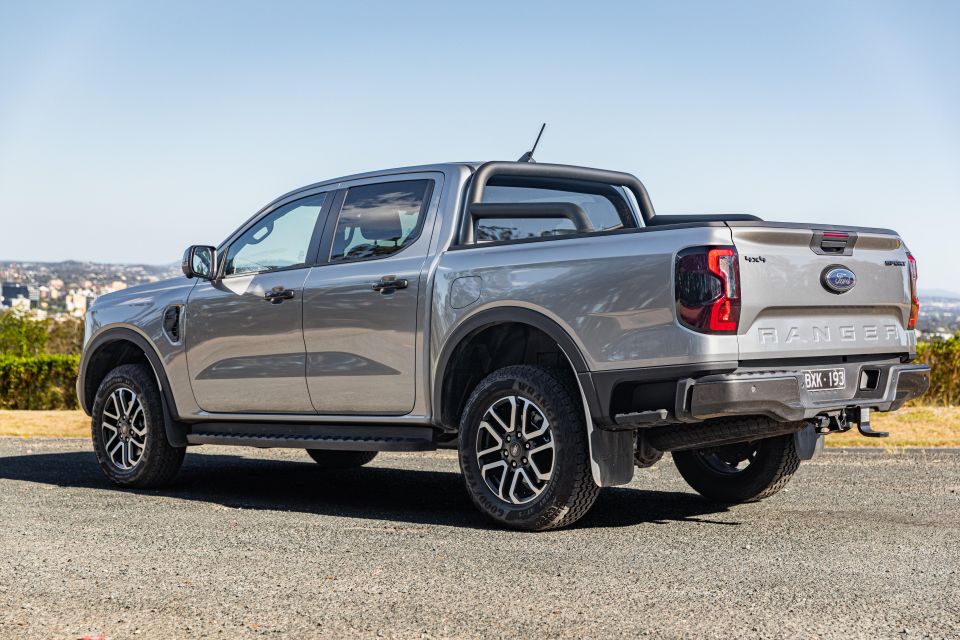
The Australian Government wants the new rules to come into effect by January 1, 2025.
Mr Bowen has previously indicated he’s open to hearing “sensible” feedback on the NVES.
“[Transport Minister] Catherine King and I have been happy to consider sensible suggestions that ensure the policy does what it’s intended to, and that is to give Australians more choice of vehicles that cost less to drive,” he said.
The Opposition has stuck to calling the NVES a “family car and ute tax”, claiming it would increase the price of vehicles by up to $25,000.
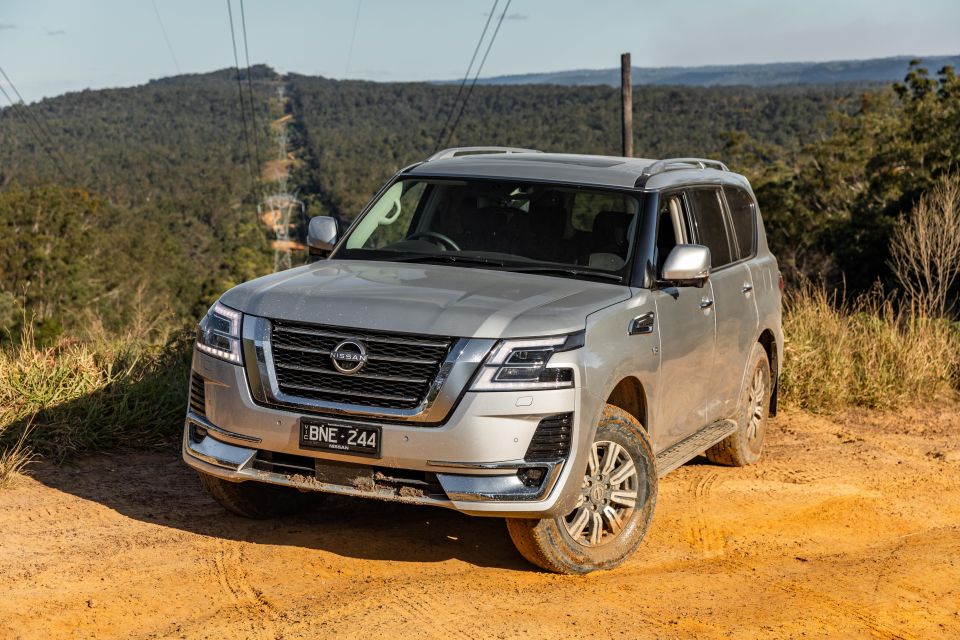
“People will just hold on to their existing vehicles for longer, so not only will prices go up and choice be restricted, but higher-emitting vehicles will be on the road for longer,” said Opposition energy spokesperson Ted O’Brien.
“Labor has refused to engage the Coalition at all, instead choosing once again to fall into the ideological arms of the Greens, who have no regard for the economy or the cost impost for families.”
When the Albanese Labor Government announced the NVES, it put forward three options, with one – Option B – being its preferred.
The Government says if Australia catches up with United States emissions regulations by around 2028, Australians will stand to save around $1000 per vehicle per year in fuel costs, with the average new vehicle purchaser in 2028 claimed to be looking at a saving of $5710 over five years.
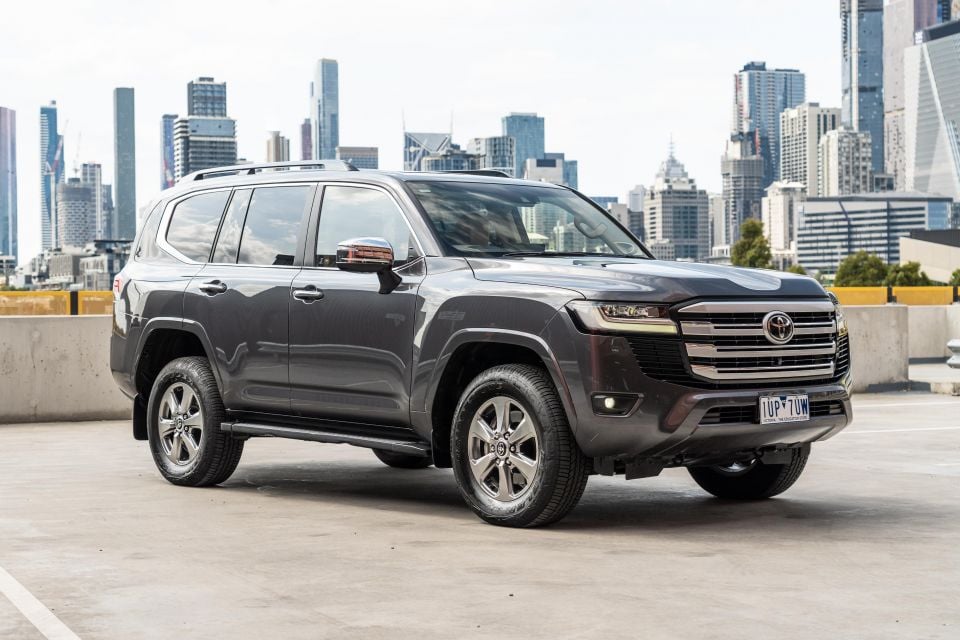
It says its preferred option will see a reduction in CO2 emissions of 369 million tonnes by 2050, equivalent to the last six years’ worth of total light vehicle emissions in Australia, while also spurring carmakers to bring more efficient options to our market to offset higher-emitting vehicles.
But companies such as Ford and Toyota have said Option B needs to incorporate elements from the more lenient Option A, arguing it’s too aggressive and the timeframe is too short.
Option A would see a “slow start”, with separate CO2 targets for passenger vehicles (including light SUVs and two-wheel drive versions of four-wheel drive vehicles) and light commercial vehicles (LCVs), the latter category including not only utes and vans but also “larger SUVs, four-wheel drives”.
It would aim to reduce passenger vehicle CO2 intensity by 34 per cent between 2024 and 2029, with a 14 per cent reduction for LCVs. The average annual reduction would be 6.8 per cent and 3.8 per cent, respectively.

The government defines intensity as “a measure of vehicle efficiency, not actual vehicle emissions, which depend on many real-world factors, such as the distance travelled, the nature of the driving, and road and traffic conditions”, and it’s measured in grams per kilometre.
Manufacturers would be able to bank, trade, and pool their credits – the latter meaning companies would be able to form a “collective entity whose emissions results are considered collectively”.
Under this option, credits would last five years. There would also be “supercredits”, allowing vehicles like EVs and plug-in hybrids to be counted more than once to help further offset less-efficient vehicles.
Manufacturers would be charged a penalty of $40 per g/km if they exceed their targets. However, under this option, binding targets would only commence in 2027.
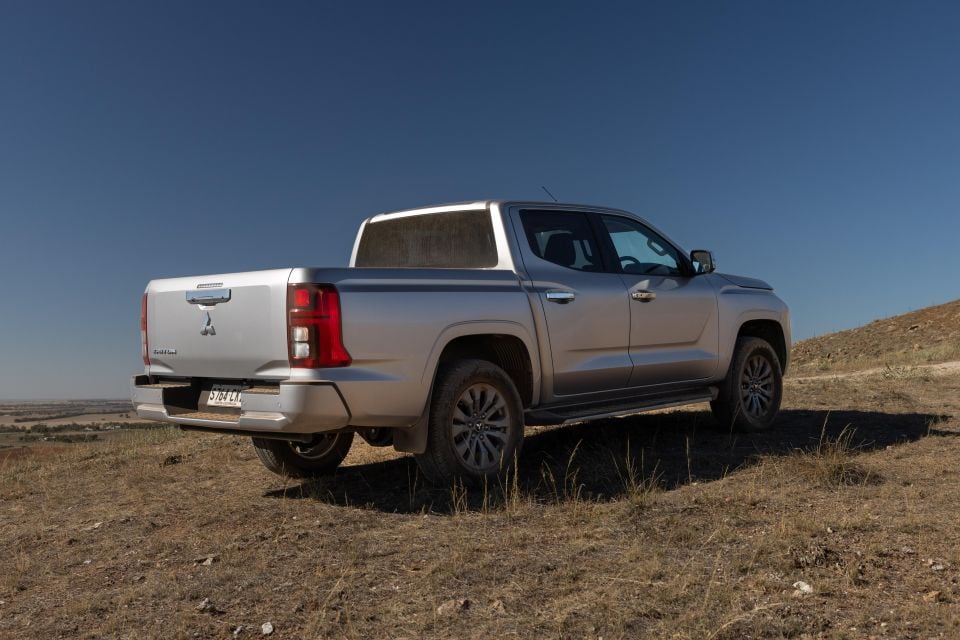
Option B, the government’s preferred option, is a “strong, ambitious and achievable NVES’ that aims to catch up with the US around 2028, and then match the stringency of those standards.
This NVES would commence in full on January 1, 2025, and see a penalty rate of $100 per g/km.
There would be two categories: one for passenger vehicles and all SUVs; the other for utes, large pickups and vans.
It would target a total reduction in CO2 intensity between 2024 and 2029 of 61 per cent for passenger vehicles and 62 per cent for LCVs, with average annual reductions of 12.2 and 12.4 per cent, respectively.
Manufacturers wouldn’t be able to pool their credits or receive supercredits, and credits would last just three years.
MORE: All our coverage on the New Vehicle Efficiency Standard
William Stopford is an automotive journalist with a passion for mainstream cars, automotive history and overseas auto markets.


Matt Campbell
32 Minutes Ago


Max Davies
17 Hours Ago


William Stopford
17 Hours Ago


Derek Fung
17 Hours Ago


Max Davies
1 Day Ago


William Stopford
2 Days Ago